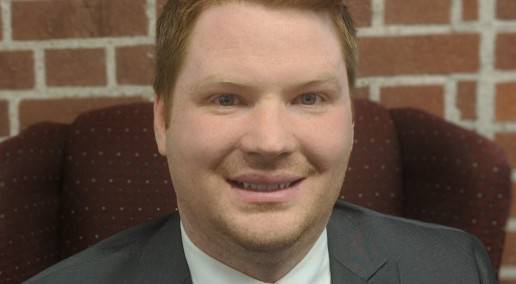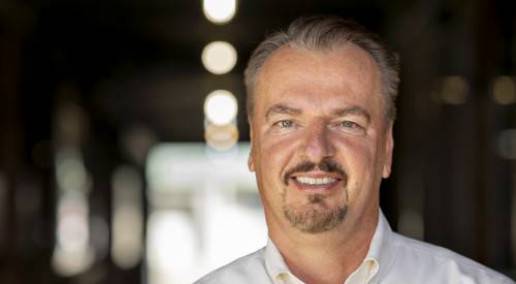In her session at the 2022 Canadian Forage and Grassland Association (CFGA) Conference, Sandra Novak, a research engineer on innovative forage and dairy cattle systems at the French National Institute for Agriculture, Food, Environment and Research (INRAE), spoke about the co-designed OasYs system experiment. This included an overview of some of their research findings and how they answer the demands of French dairy farmers and the links with farmers and their advisors.
Session highlights
The project adapted a French agroecological dairy cattle system following a request from six scientific department from the National Institute of Agricultural Research (INRA) to design a forage system different than the existing one. By getting together with forage producers and researchers, they imagined a new forage system that diversified resources and species mixtures and saved non-renewable resources.
The goals of this new system are to allow a farmer to experience their dairy system within the context of climate change, fuel savings, water savings and sustainable agriculture. With these environmental and social pillars they identified that they wanted to limit the impact on the environment and limit climate change, be satisfactory for farmers and to improve animal welfare. They wanted to design something that was resilient and that used few non-renewable resources.
They diversified in species and varieties, put together different mixtures and diversified the stages by adding different elements. This diversification extended grazing rotation and used less fertilizer. They used pulses in the Prairies and to save water they used crops that were good for drought either because they were picked before the drought or had deep roots.
They also put in place two calving periods based on the grasses in spring and fall growth, stretched lactation to 18 months and implemented a rotating crossover with three breeds – Holstein, red Scandinavian and Jerseys. The connection between components was reinforced thanks to effluent recycling and dual-purpose crops where they could have crops or silage depending on use necessary.
They implemented the new system in June 2013 in Poitou, France, implementing 90-hour temporary grazes for 72 cows. The grazing plan includes three zones: annuals grazed, rotation with dual purpose proteins and forage trees.
The measured improvements from this system include forage diversity which allows for an extended grazing period despite climate change as herds learned to graze sorghum, forage trees, chicory, etc. These are pastured forages which make up 50 per cent of annual feed and most are multispecies, including corn, sorghum, beet, prairie grass and hay.
An analysis of milk performance showed that protein levels increased due to this new system. The gross amount of milk produced fell, but the unit matter stayed around the same with reduced concentrates.
Partners that may be involved in this new method include advisors in forest, local associations, innovative forestry, farmers, advisers, scientists and many different technology groups, including those focused on climate change.
Purchase Access
If you are interested in hearing the recording of this session, it and the other sessions from the CFGA 2022 conference, Cross Pollination: Co-Creating Ideas in the Forage Industry, please contact [email protected] to purchase access.
Back to Admin



Leave a Comment